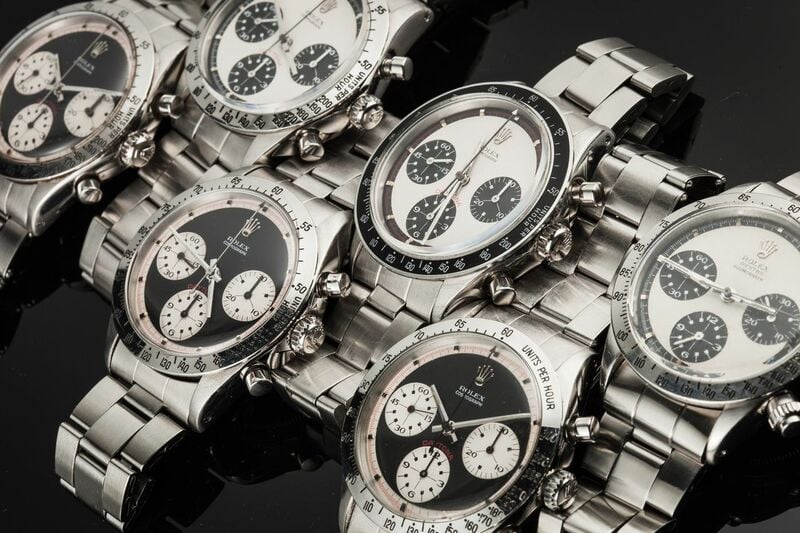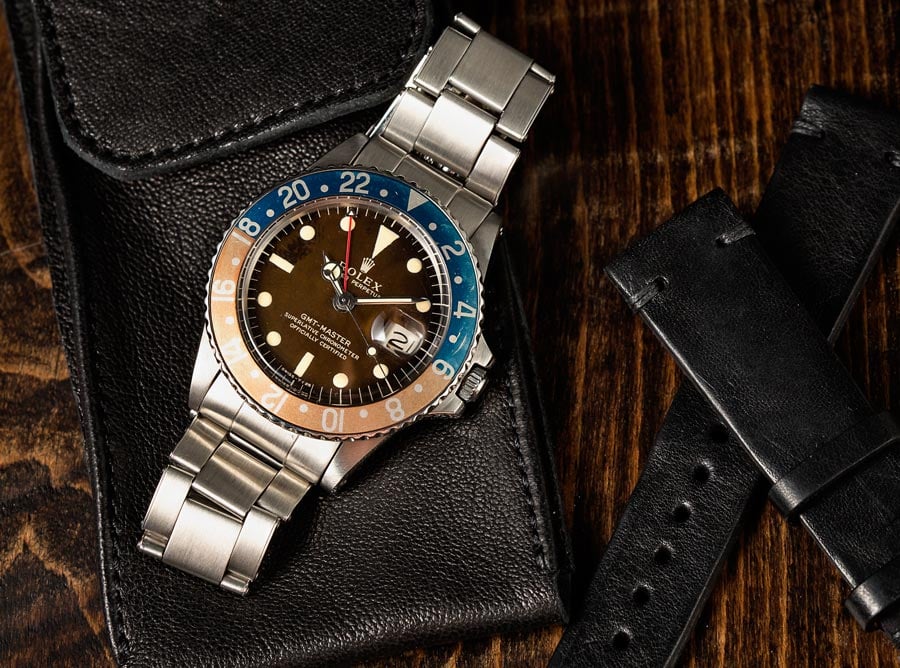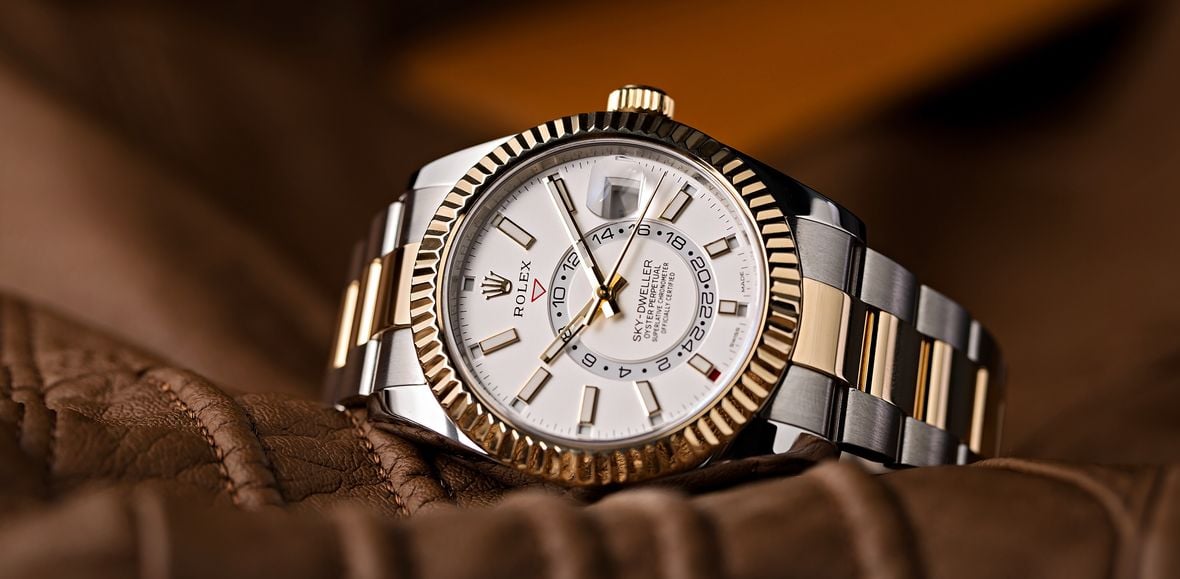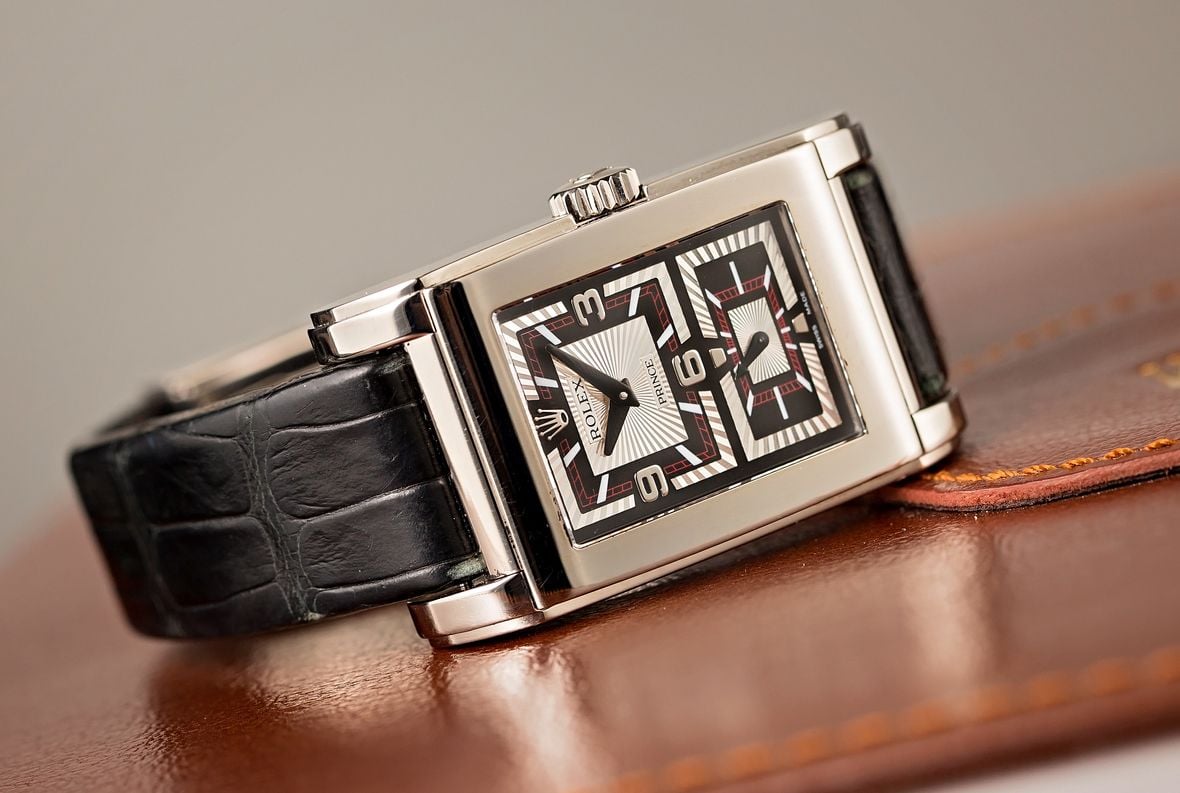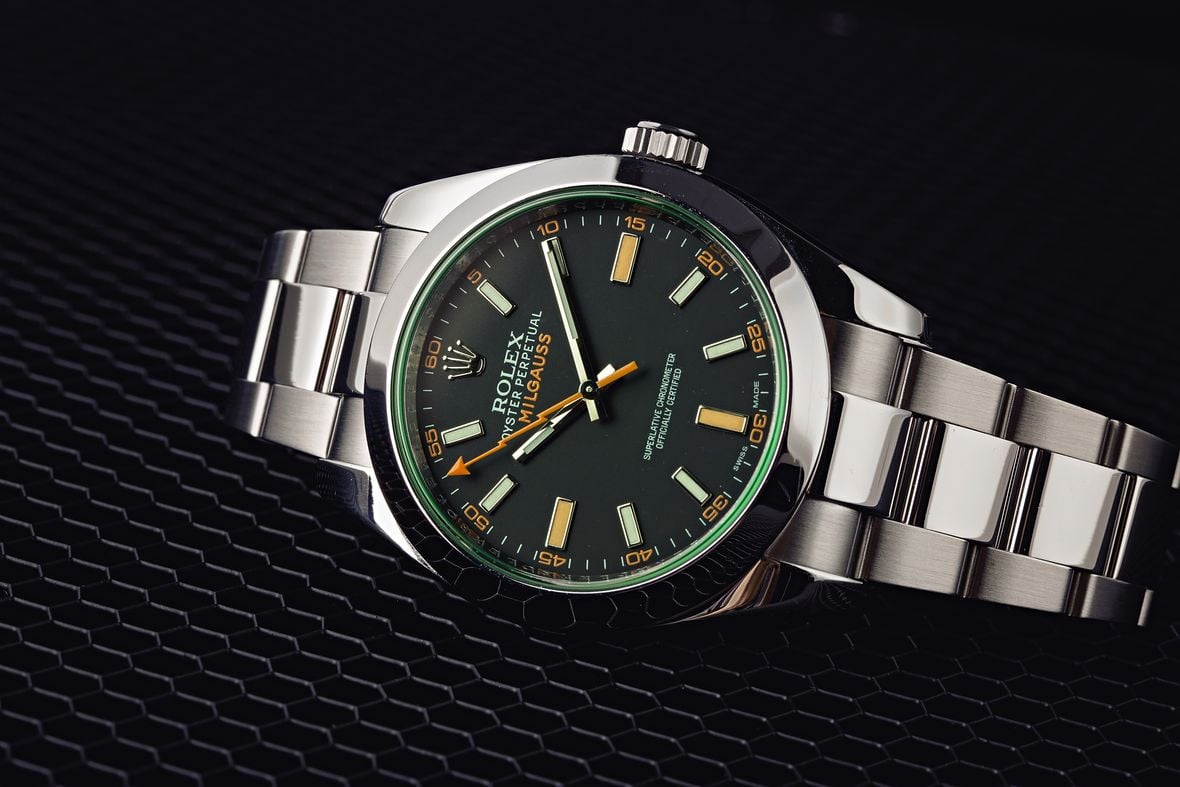There are several facets of durability to be considered when attempting to anoint the survivalist stars of the Rolex collection. Different styles of watches are suited to different environments. There is not simply one watch above all others that can claim the title of the most durable Rolex.
Durability concerns arise when considering the activities to which the watch is likely to be subjected and the environment in which those activities may take place (or, in some cases, the environment itself). Around the turn of the century, the brand began crafting its entire range of Rolex watches for men and women from 904L stainless steel as opposed to 316L stainless steel. Both types of steel are hypoallergenic and incredibly durable, able to be refinished many times without losing shape or integrity, but the 904L is more resistant to corrosion, and it is said to hold a brighter shine when polished due to its marginally greater hardness.
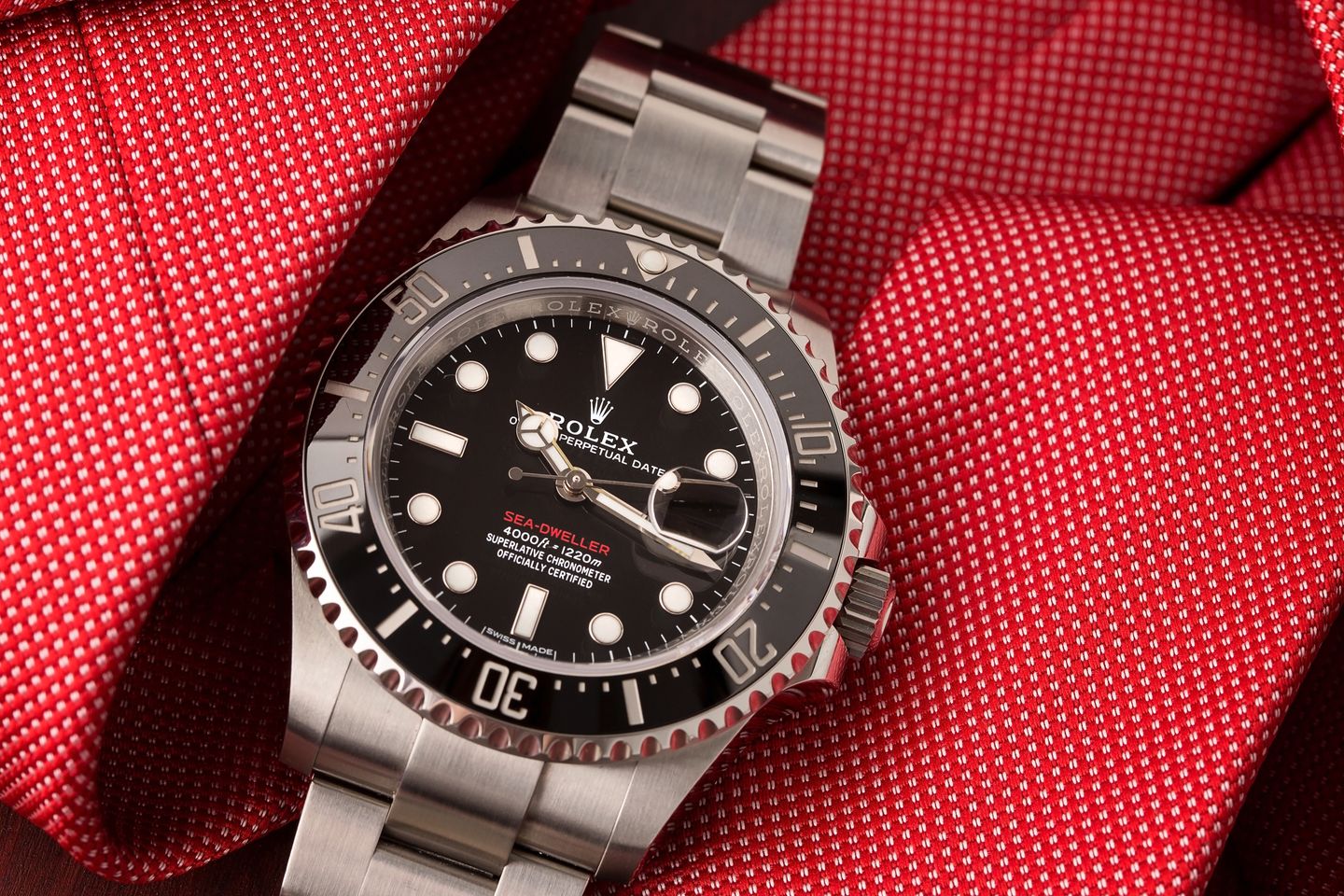
From that perspective, every Rolex customer intending to wear their timepiece in a regular environment should be more than satisfied that their investment will be able to face down the daily rigors of life.
If, however, the Rolex customer is an extreme sportsperson, experimental scientist, adventurer, or involved in some other challenging pursuit that might place extra requirements on their timepiece, it may be necessary to go the extra mile. Here are my top three Rolex watches designed to survive in the most brutal conditions, and all for different reasons.
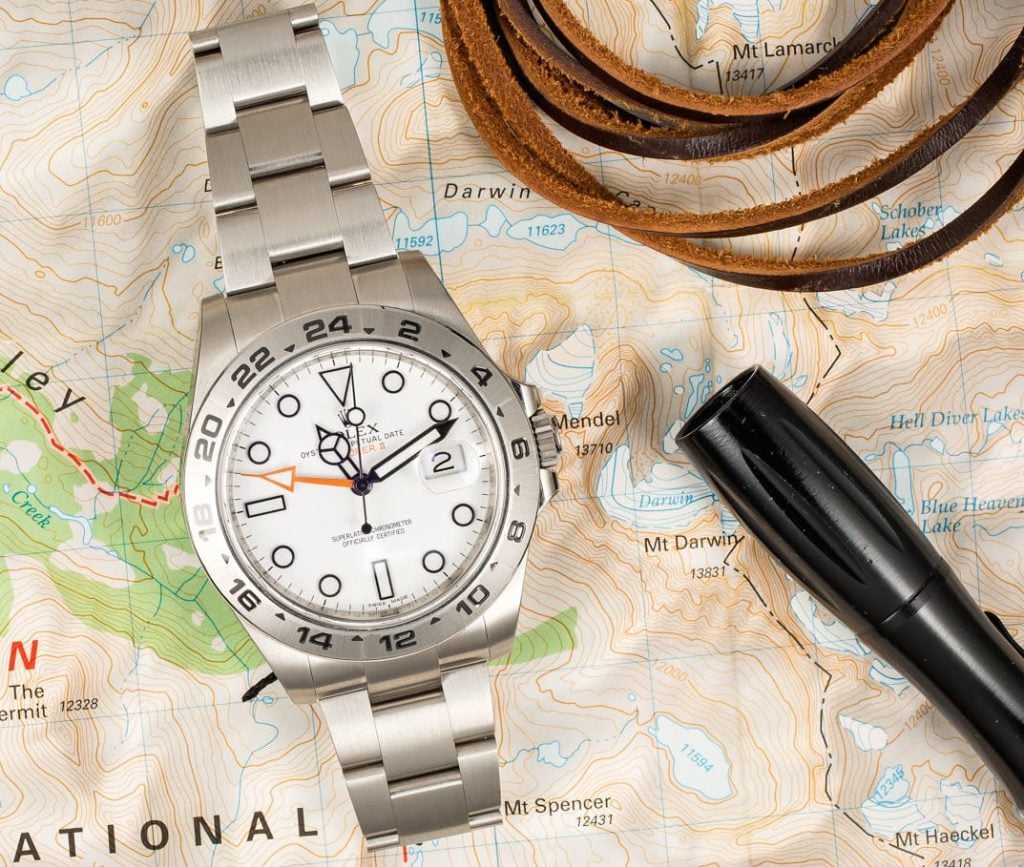
Rolex Explorer II
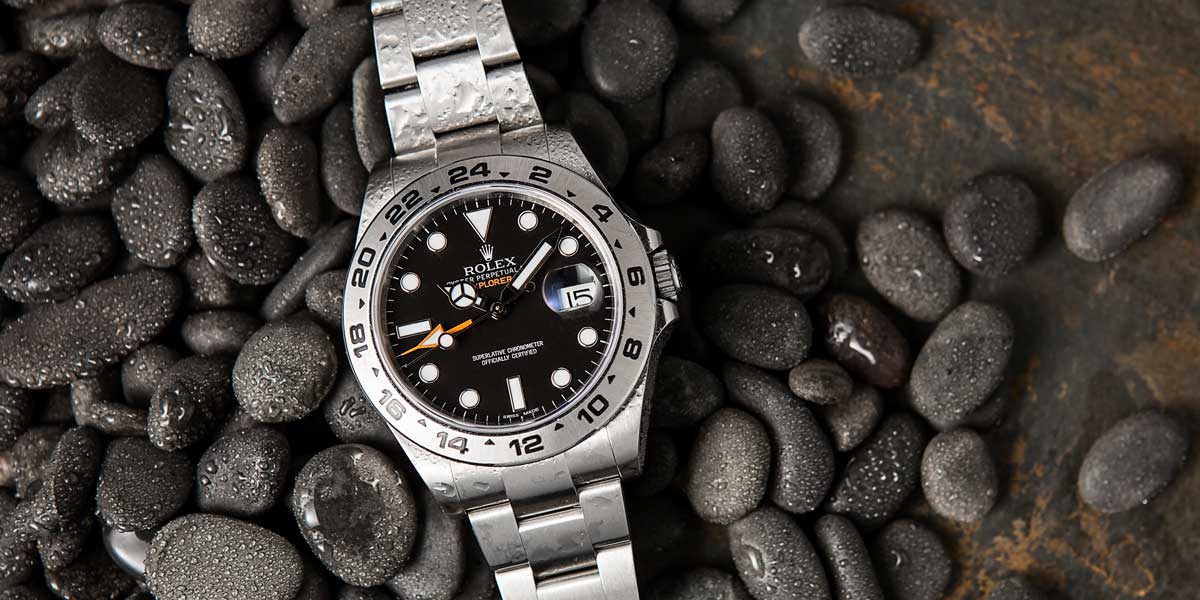
The Rolex Explorer II is a tough and rugged watch, designed to take a beating. With a name that conjures images of the bravest men and women the human race has ever known, the thought that this watch could be anything but the last ticker ticking seems preposterous.
But what is it about the Explorer that makes it more durable than some of its counterparts? Well, in my opinion, it comes down to its exterior robustness and its dimensions. Firstly, and quite simply, the fixed bezel of the Rolex Explorer II means that there are less moving parts (and therefore points of potential failure) than you would find on many of the sportier Rolex watches. Not only is the bezel fixed, but it is also engraved with a 24-hour scale, which adds very welcome functionality to the Explorer family without sacrificing the model’s tough-guy image.
Secondly, the dimensions are quite interesting for a Rolex Professional model. At 42mm with, the Explorer is wider than most of its mainstream competition (I’m leaving the Sea-Dweller on the fringes of the mainstream here and counting models such as the Submariner, Daytona, and GMT-Master II, all of which measure up at 40mm).
Coupled with this additional width is the fact that the Explorer II is the thinnest of the bunch (coming in at around 12.5mm). What that means is that this watch can be worn in a very different way. While other Professional models tend to stand up on the wrist, jutting out and into harm’s way frequently, the Rolex Explorer II sits down and low against the skin. It may be the difference between 12.5mm and 13mm, but the wider base and sloped bezel of the Explorer II have a strange effect on the sub-conscious and allows more freedom of movement because of how balanced the watch feels on the wrist.
Rolex Milgauss
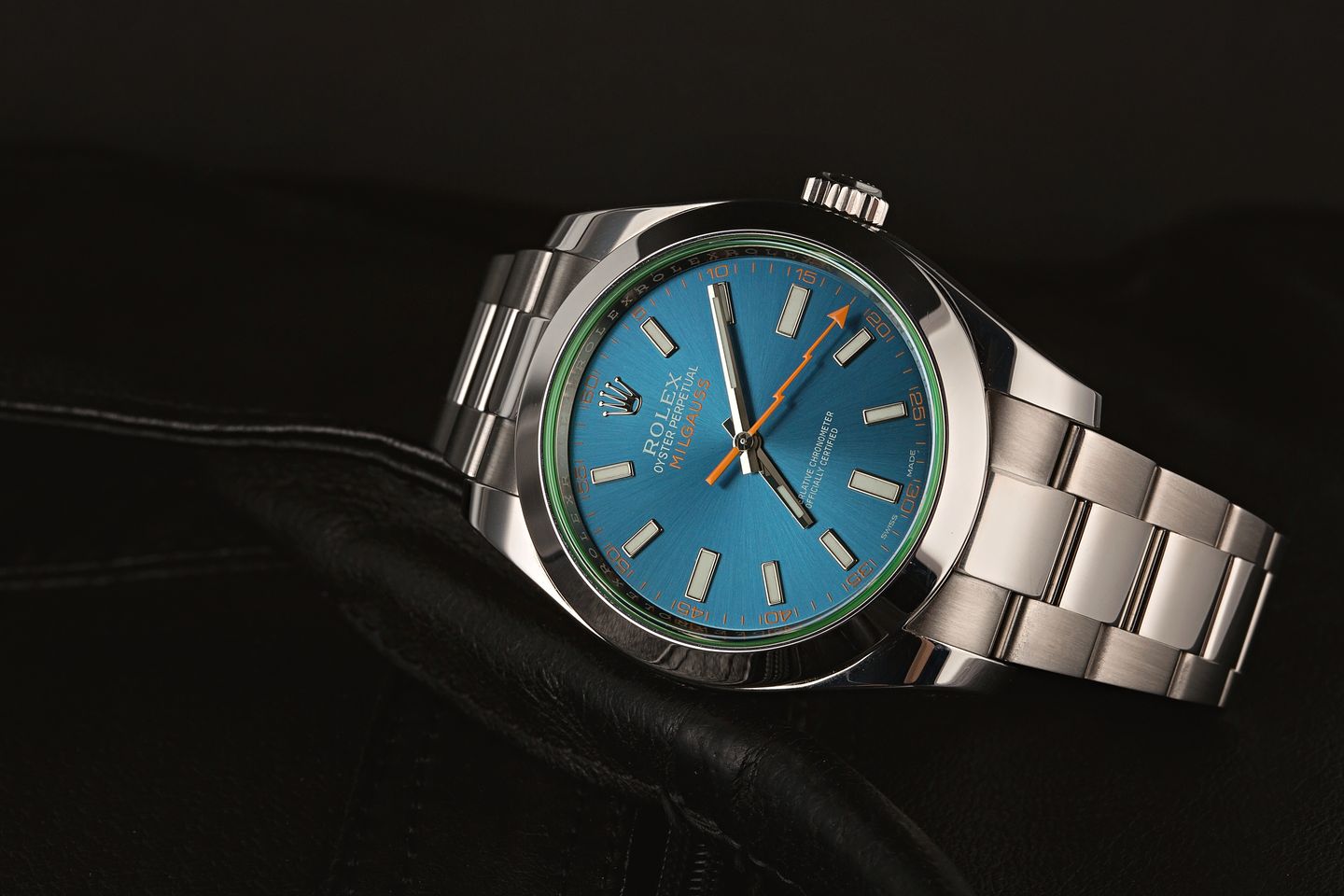
At 40mm wide and 13mm thick, the Milgauss is not the sleek beast the Explorer II is. However, it is without a doubt a trailblazer. While the rest of the Rolex collection’s evolution and integration of new movements with anti-magnetic components, has somewhat stolen the limelight from the Milgauss’s original USP, there’s little that can be said against the classic statement of style and smarts that the green-glassed Milgauss can make.
It is still more than capable of standing up to immense magnetic fields, and is, as such, a popular choice among scientists, engineers, and military personnel, who are more likely to come into contact with these forces than the rest of us.
However, if your idea of putting a watch through its paces is laying it down on our laptop or cellphone at night when you go to bed, then the Milgauss might still be the choice for you. Avoiding magnetic fields will only become more of an issue as technology develops, and the Milgauss, whether you buy new or vintage, has been keeping your punctuality safe from them for longer than most.
Rolex Sea-Dweller
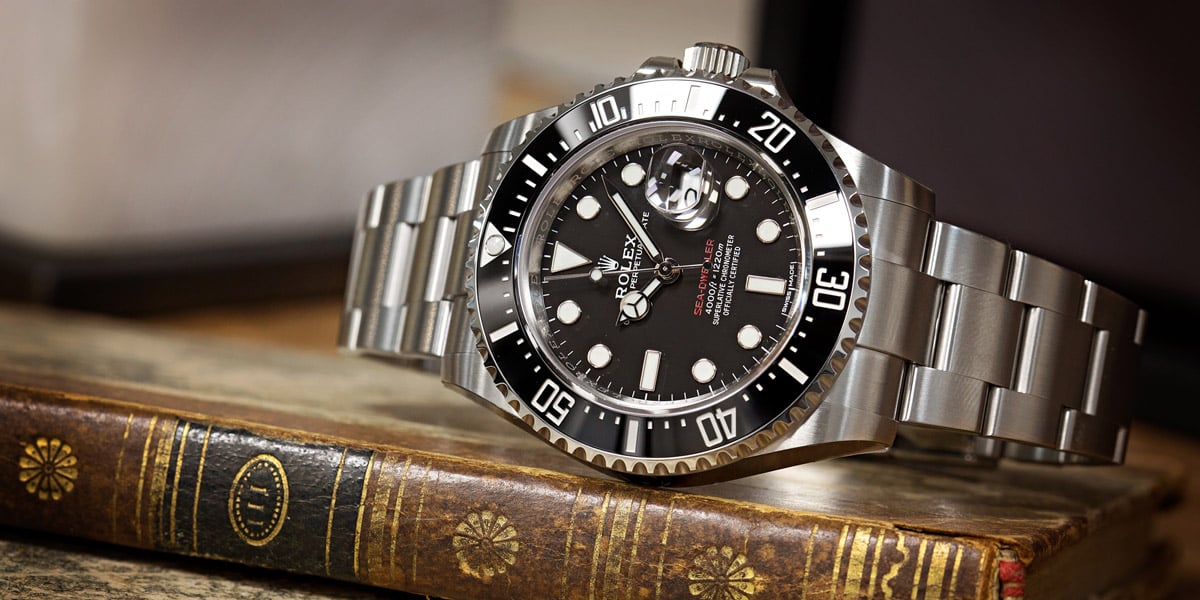
Now this monster certainly looks the part, and with a depth rating of 1,220 meters (that’s 4,000 feet in old money) it lives up to the hype.
While the 43mm width may be enough to dissuade some potential purchasers from strapping it on, I urge them too. The Sea-Dweller is not just an upscaled Rolex Submariner and it does not wear in the same way at all.
In fact, in much the same way the Explorer’s increased width makes it feel smaller on the wrist thanks to a dimensional balancing act, so too does the Sea-Dweller benefit from a bit more real estate to play with. While 3mm wider and 2mm thicker, the redesigned lugs engage with the bracelet very effectively and keep the watch close enough to the wrist to ensures a snug and worry-free fit.

